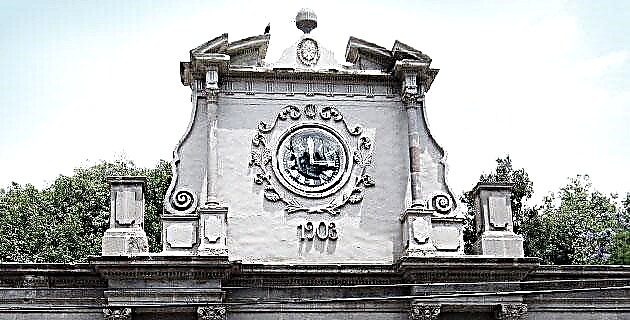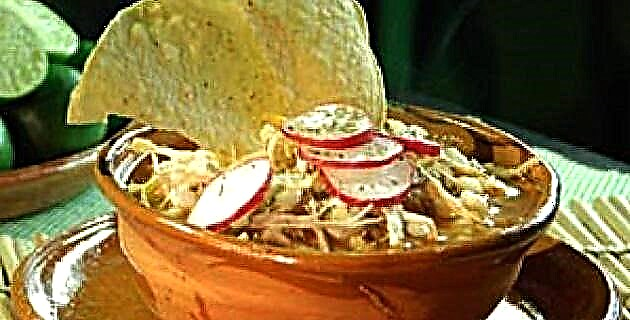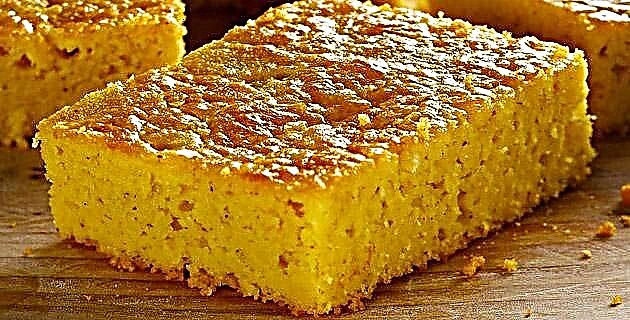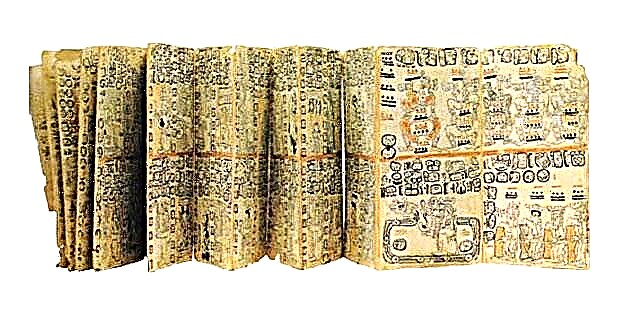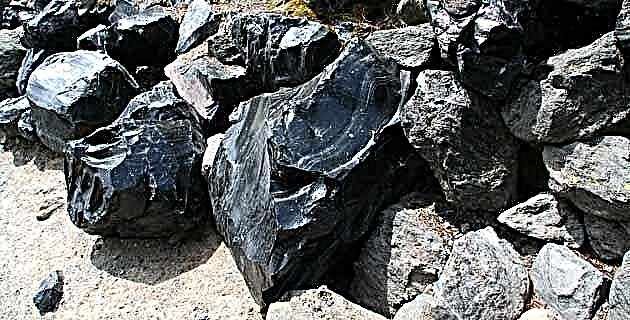
Obsidian is an element of nature that, due to its brightness, color and hardness, contrasts with the common rocks and crystals that make up the wide world of minerals.
From a geological point of view, obsidian is a volcanic glass formed by the abrupt confrontation of volcanic lava rich in silicon oxide. It is classified as "glass" because its atomic structure is messy and chemically unstable, which is why its surface has an opaque covering called the cortex.
In its physical appearance, and according to its degree of purity and chemical composition, obsidian can be transparent, translucent, shiny and reflective, presenting colors ranging from black to gray, depending on the thickness of the piece and the deposit from which it comes. . Thus, we can find it in green, brown, violet and sometimes bluish tones, as well as a variety known as “mecca obsidian”, which is characterized by its reddish-brown color due to the oxidation of certain metallic components.
The inhabitants of ancient Mexico made obsidian an excellent material for making instruments and weapons such as pocket knives, knives, and projectile points. By polishing it, pre-Columbian artists achieved reflective surfaces on which they made mirrors, sculptures, and scepters, as well as earmuffs, mules, beads, and insignia with which images of the gods were decorated and the high civil and military dignitaries of that time were adorned.
The pre-Hispanic conception of obsidian
Using data from the 16th century, John Clark made an in-depth analysis regarding the original Nahua conception of the obsidian varieties. Thanks to this study, today we know certain information that allows us to classify it according to its technical, aesthetic and ritual attributes: "White obsidian", gray and transparent; “Obsidian of the masters” otoltecaiztli, green-blue with different degrees of transparency and brightness and that sometimes presents golden tones (due to its similarity to elchalchíhuitlf it was used for the elaboration of ornaments and ritual objects); -red, commonly called mecca or stained, with which projectile points were made; "Common obsidian", black and opaque that was used to make scrapers and bifacial instruments; "Black obsidian", shiny and with different degrees of translucency and transparency.
Medicinal use of obsidian
For the inhabitants of pre-Hispanic Mexico, obsidian had notable medicinal applications. Regardless of its biological effectiveness, its medicinal use was due, to a large extent, to the burden of its ritual attributes and its particular physical properties, as happened with the green stone ochalchihuitl, commonly called jade.
As an example of this magical-ideological and curative conception of obsidian, Father Durán comments: “They came from everywhere to the dignities of this temple of Texcatlipoca… to have divine medicine applied to them, and thus the part where they felt pain, and they felt remarkable relief… it seemed to them something heavenly ”.
For his part, and also referring to the medicinal benefits of this natural crystal, Sahagún recorded in his monumental Florentine Codex: “They also said that if a pregnant woman saw the sun or the moon when it was eclipsed, the creature in her womb would be born. the bezos are nicked (cleft lips) ... for that reason, the pregnant women do not dare to look at the eclipse, they would put a black stone razor in the breast, which would touch the flesh ”. In this case, it is notable that obsidian was used as a protective amulet against the designs of the gods who sponsored that celestial battle.
There was also the belief that because of their resemblance to some organs such as the kidney or liver, the obsidian river pebbles had the power to heal these parts of the body. Francisco Hernández recorded in his Natural History some technical and medicinal aspects of minerals with healing properties.
The knives, pocket knives, swords and daggers used by the Indians, as well as almost all their cutting instruments were made of obsidian, the stone called by the indigenous Ztli. The powder of this, thus in its translucent blue, white and black tones, mixed with crystal similarly pulverized, it removed clouds and glaucoma by clarifying the view. Toltecaiztli, or variegated razor stone of a russet black color, had similar properties; eliztehuilotlera a very black and shiny crystalline stone brought from the Mixteca Alta and undoubtedly belonging to the varieties of deiztli. It was said that it drove away demons, drove away serpeintes and all that was poisonous, and also reconciled the favor of princes.
About the sound of obsidian
When obsidian breaks and its fragments hit each other, its sound is very peculiar. For the natives it had a special meaning and they compared the precursor noise of storms with a rushing stream of water. Among the literary testimonies in this regard is the poem Itzapan nonatzcayan ("place where obsidian stones crack in the water").
“Itzapan Nantzcaya, the terrible abode of the dead, where the Mictlantecutli scepter wields majestic. It is the last mansion of humans, there the moon dwells, and the dead are illuminated by a melancholic phase: it is the region of obsidian stones, with great rumor about the waters creak and creak and thunder and push and form terrifying storms ”.
Based on the analysis of the Latin and Florentine Vatican codices, researcher Alfredo López-Austin concluded that, according to Mexica mythology, the eighth of the levels that make up the celestial space has corners of obsidian slabs. On the other hand, the fourth level of the path of the dead towards elMictlánera of a spectacular “obsidian hill”, while in the fifth “the obsidian wind predominated”. Finally, the ninth level was the "obsidian place of the dead," a space without a smoke hole called Itzmictlan apochcalocan.
Currently, the popular belief persists that obsidian has some of the qualities that were attributed to it in the pre-Hispanic world, which is why it is still considered a magical and sacred stone. In addition, since it is a mineral of volcanic origin, it is related to the fire element and is considered a stone of self-knowledge with a therapeutic nature, that is, a “stone that acts like a mirror whose light hurts the eyes of the ego that does not he wants to see his own reflection. Due to its beauty, obsidian is attributed esoteric qualities, which, now that we are witnessing the beginning of a new millennium, proliferate in a worrying way. And what about its extensive use in the manufacture of all kinds of obsidian souvenirs that are sold in archaeological sites and tourist markets!
In sum, we can conclude that obsidian, due to its peculiar physical characteristics and aesthetic forms, continues to be a utilitarian and attractive material, just as it was for the various cultures that inhabited our country in past times, when it was considered the mythical mirror, shield generator and holder of the images it reflected.
obsidian obsidian stone

